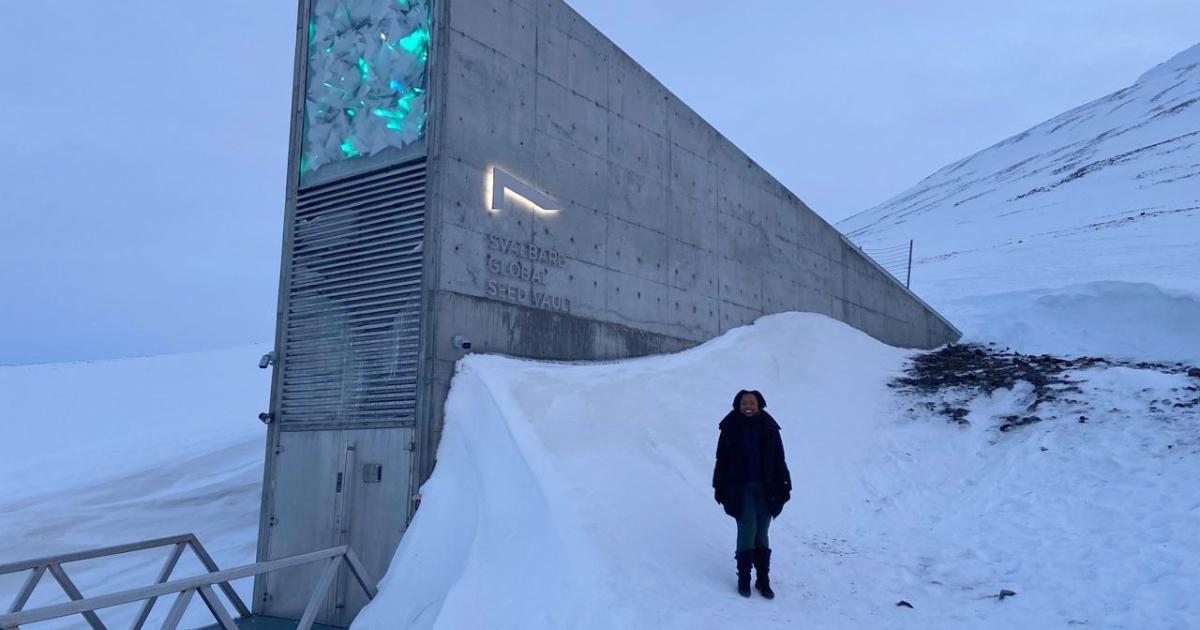
Amidst a global rise in land carbon sinks crucial for climate moderation, threats from tropical deforestation and shrinking boreal forests jeopardize these gains. What should be done?
Bogor, Indonesia (18 July 2024) — An international and multidisciplinary team of researchers has released a groundbreaking new study that tracks over three decades of changes in the global forest carbon sink—equivalent to nearly half of the world’s fossil fuel emissions.
The US Forest Service-led study sought to uncover whether attempts to enhance carbon sequestration in the land sector—such as restoring degraded forests and planting new ones—are achieving the desired impact on the global carbon sink.
The scientists gathered information by analyzing decades of data from the global forest community and combined this with forest area estimates from remote sensing and other types of land surveys.
Key findings:
- The total amount of carbon stored in the planet’s forests was steady in the 1990s and 2000s but slightly smaller in the 2010s.
- Carbon sinks in temperate forests (like those found in Australia, China, Central and Southern Europe and the continental U.S.) and tropical regrowth forests have increased.
- Carbon sinks in boreal forests (such as those in Canada, Northern Europe and Russia) and tropical intact forests have shrunk.
- Overall, the global land carbon sink has expanded due to an increase in the non-forest-land carbon sink and impacts from large-scale reforestation and afforestation.
- Yet, two-thirds of the benefit from this land carbon sink increase has been negated by tropical deforestation alone.
As such, the co-authors concluded that “the single most important action for sustaining and increasing the forest carbon sink is to stop emissions from deforestation and degradation, along with protecting the large carbon stocks that have accumulated over centuries, especially in boreal forest soils.”
That will require effective international cooperation; financial, legislative and other incentives, particularly in tropical countries; deforestation-free supply chains and well-managed selective logging, among other efforts, they said.
“Although soil carbon is not included, this global account underlines the importance of sustainable conservation of protected areas and restoration of the degraded land sector, especially in the tropics. Future studies should include wetlands’ soil carbon, comprising peatlands and mangroves, which have 3 to 5 times the storage capacity of terrestrial forests,” said Daniel Murdiyarso, a principal scientist at the Center for International Forestry Research and World Agroforestry (CIFOR-ICRAF) and a co-author of the study.
“Harvested wood products (HWP) also need robust scrutiny, in light of the contribution of wood-based industries to global carbon dynamics,” he added, referring to the study’s finding that annual HWP increased by 10% over the three decades studied, implying that more wood was being harvested from forests.
The results sent a clear message to proceed with caution, and not take forest carbon capacities for granted.
“Although the global forest sink has endured undiminished for three decades, despite regional variations, it could be weakened by ageing forests, continuing deforestation and further intensification of disturbance regimes,” the co-authors concluded.
###
NOTES TO EDITORS
- For more information or to arrange interviews, contact Azzura Lalani at a.lalani@cifor-icraf.org.
- Explore more findings specific to your region or country in the study here.
- Download the cover photo here.
ABOUT CIFOR-ICRAF
The Center for International Forestry Research and World Agroforestry (CIFOR-ICRAF) harnesses the power of trees, forests and agroforestry landscapes to provide solutions to biodiversity, climate change and food security.













